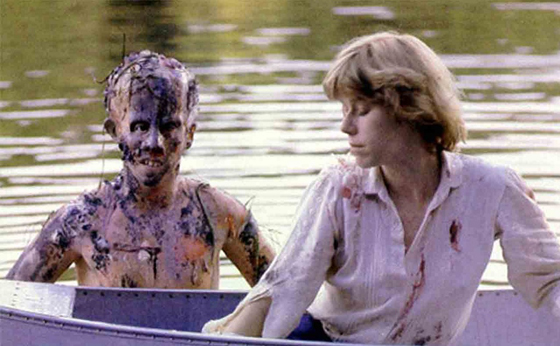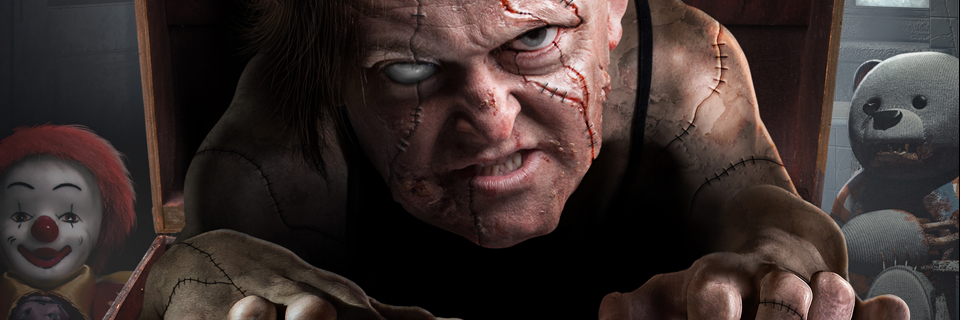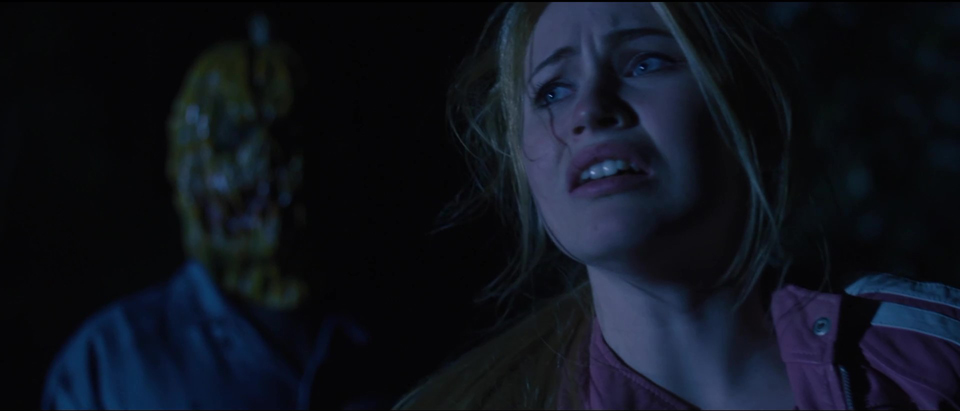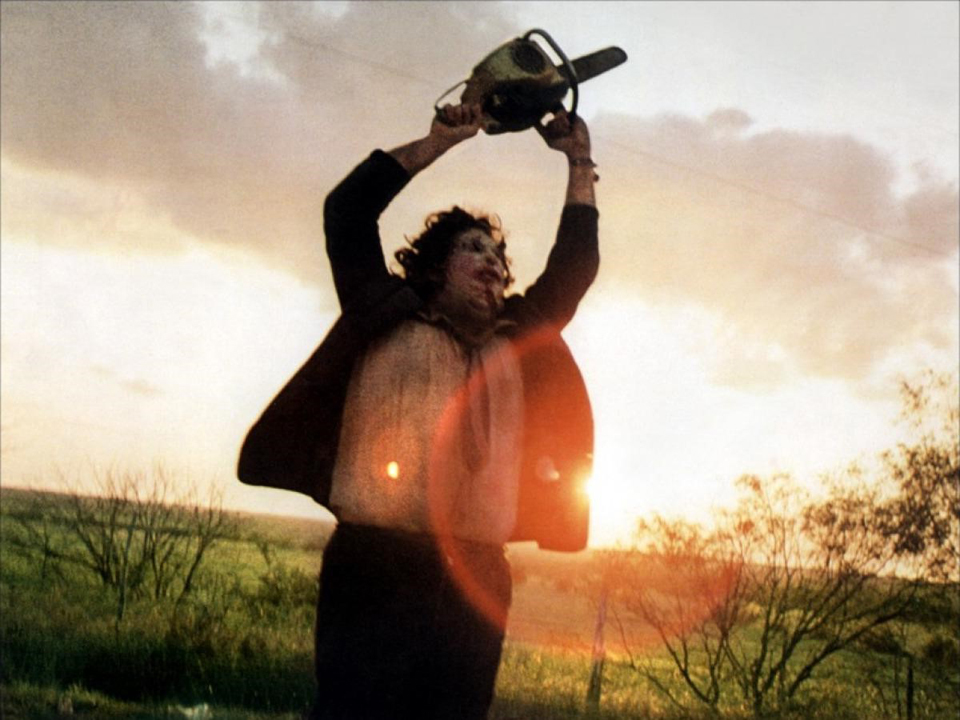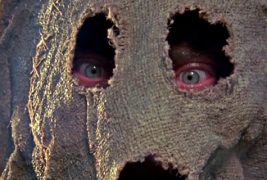
In horror, it’s generally easy to tell who the victim is and who is the villain. The victim can usually be found screaming and running from the killer, often in vain. But what makes a villain villainous? With some characters there is an intrinsic sense of evil, like Randall Flagg from The Stand or the Cenobites from Hellraiser. For other “wicked” characters, however, a little backstory goes a long way to changing our perception. Often, these fiends did not begin life with malicious intent, but rather they developed it as a coping mechanism because of social ostracism. So let’s not judge the following characters too harshly, particularly as 7% of Americans have also experienced bouts of explosive anger.
Blood Bath
Carrie—the titular character in Brian DePalma’s cinematic adaptation of Stephen King’s novel–is perhaps the most famous example of a “horror villain” with mitigating factors. Sure, she murdered dozens of her fellow classmates, but that was only after they poured a bucket of pig’s blood on her. Between enduring her religious-fanatic mother’s constant sexual shaming and her classmates pelting her with tampons, it’s only natural that Carrie’s psychokinetic powers manifested themselves in a fury of rage. After all, who hasn’t fantasized about getting revenge on their tormentors?
Bullied to Death
Carrie isn’t alone in her suffering at the hands of relentless bullies. When most think of Friday the 13th’s Jason Vorhees, little thought is given to the boy he was before becoming an unkillable slashing machine. Born with severe deformities, Jason was locked away by his parents as they thought he would not assimilate well into society. On the first occasion where his mother permitted him to leave the house, he was taunted and left to die by older children, damning him to an afterlife of fiendish, unfinished business. Were he treated like a human by anyone in his life, perhaps he wouldn’t have become the slasher with the highest body count in all of horror.
Neglected and Forgotten
Trauma during childhood often has a lasting effect. The more abused and neglected a child, the less well-adjusted the adult. Michael Myers, in Rob Zombie’s retelling of the classic 1978 slasher Halloween, doesn’t even get to adulthood before taking his frustrations out on the world. Often left alone by his mother, Michael learns to resent and mistrust adults from early childhood. When his older sister, Judith, opts to have sex with her boyfriend rather than take Michael trick-or-treating, he murders her and his stepfather. At the tender age of six, Michael is shipped off to an asylum and labeled as irredeemably evil, where he grows up to be a thoroughly institutionalized and insane adult. But how can anyone write off a child as being hopeless, even if they have committed an evil act? Children require proper attention and care, and by treating him as a grown criminal rather than a disturbed child, his mother and doctors are the ones responsible for his acts of violence.
Harmless and Misunderstood
It’s not only trauma that can force a person onto the fringes from childhood. In the case of Bubba Ritter in Dark Night of The Scarecrow, being mentally challenged is enough to draw the ire of neighbors. Bubba often played with a young girl named Marylee. After she is attacked by a dog, Bubba rushes her to the hospital for treatment. As he has difficulty explaining what happened to the girl, a few bigoted townspeople assume that Bubba must have been responsible for her ghastly injuries. He is viciously murdered by a mob set on misdirected vengeance. His spirit becomes restless after his death, and he makes his killers pay in deliciously gruesome ways. Had his fellow townspeople recognized him as a gentle giant rather than a clumsy killer, all the blood spilled in Dark Night of The Scarecrow would have been saved.
It’s Alive!
Perhaps the most misunderstood horror villain of all is Frankenstein’s Monster. Brought to life by a madman, the monster’s first exposure to humanity resulted in him nearly being burnt to death by a pitchfork-wielding mob. While the townspeople were rightfully frightened of the creature, Dr. Frankenstein is the true monster of the story, first for playing god and then for neglecting his creation. Though the monster has a gentle side, as is demonstrated in the famous hermit scene in Bride of Frankenstein, his status as a sort of nonverbal Gollum prevents him from entering society and finding acceptance from others. Like every other person on earth, he too did not ask to be born.
Villains are not born, they are made. Regardless of how heinous their crimes may be, nearly every horror villain was rejected socially before their first violent act. By recognizing this in film, perhaps society can learn to embrace rather than reject those who are different.


